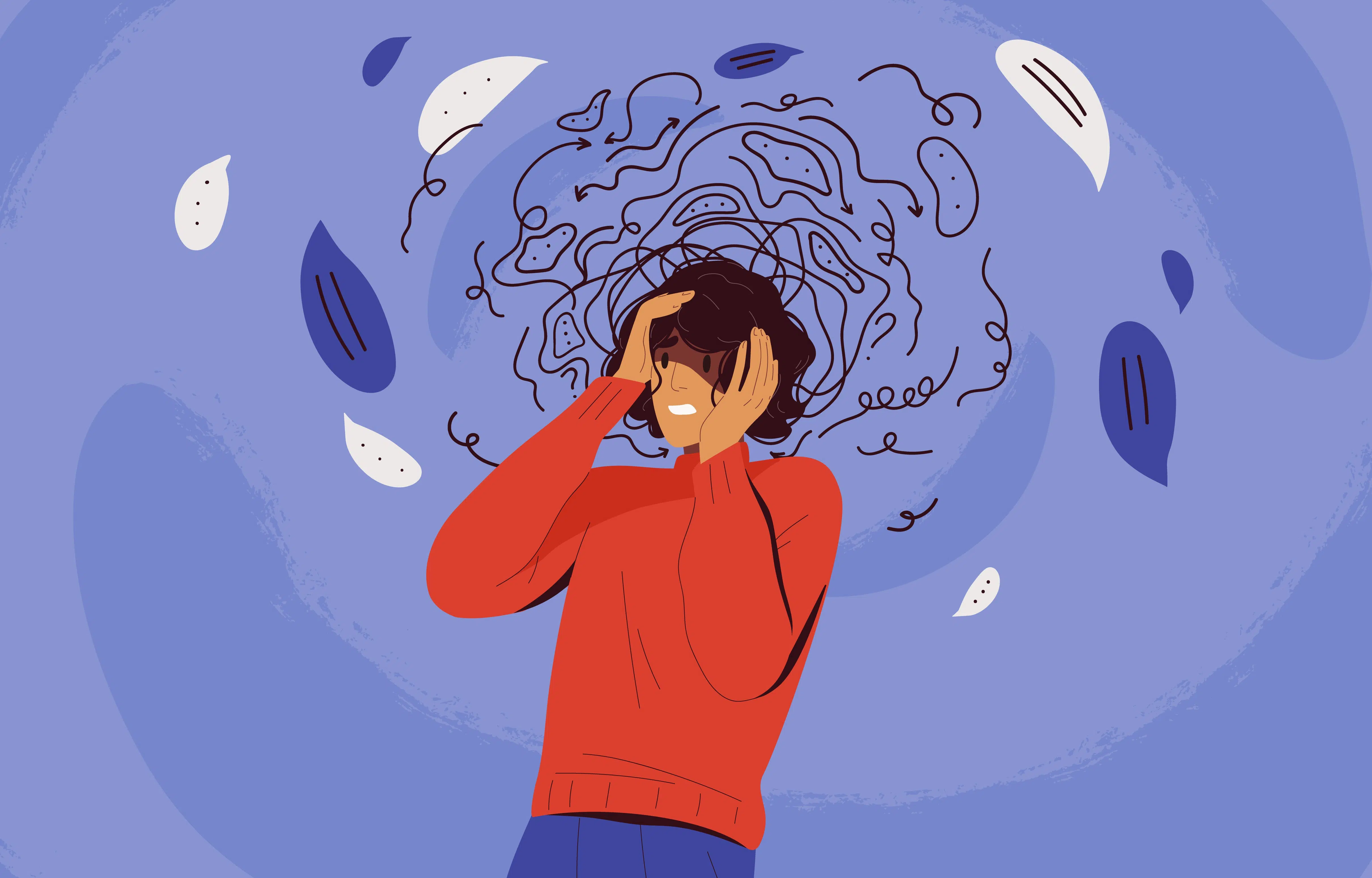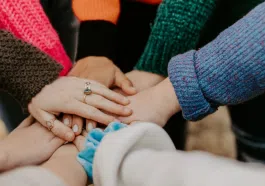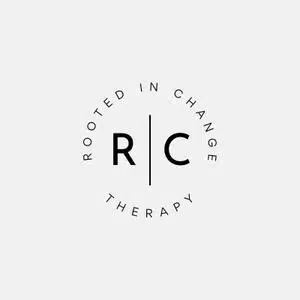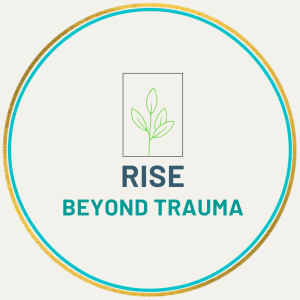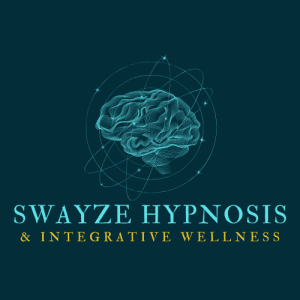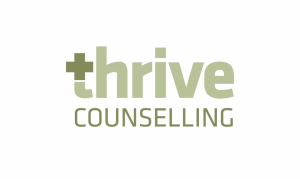When some children have emotionally withholding, controlling, or abusive caregivers, it can negatively impact they’re experiencing healthy emotions. As a result, children can become explosive or removed from their feelings. These children often become hyper-sensitive to their parents’ distress or feel the need to take care of their parent’s emotional needs. This occurrence of abandoning oneself to attend to other people’s needs is called the fawn trauma response.
What Is the Fawn Response?
The ‘fawn’ response is an instinctual response that aims to avoid conflict or trauma by engaging in appeasing behaviors. In children, fawning behaviors can be a coping response for dealing with a non-nurturing or abusive parent.
Essentially, “fawning” uses people-pleasing to resolve conflict, feel more secure in relationships, and get approval from others. All in all, fawning is a maladaptive way of creating safety in connecting with others by mirroring their expectations and desires.
What Is the Problem With Fawning?
The fawn response can involve people-pleasing to such a degree that the person disconnects from their emotions, sensations, and needs. In childhood, fawning occurs because they must withhold expressing their genuine emotions of sadness, fear, and anger to avoid potential wrath or cruelty from a caregiver. Because of this, they will turn their negative feelings toward themselves through self-criticism, self-loathing, or self-harming behaviors. In adulthood, coping with an unresolved fawn response can lead to depression or somatic symptoms of illness and/or pain.
Am I Fawning?
Some people may not even know they are fawning, and since they have likely experienced positive feedback from other people, as a result, they may not see it as an issue.
Here are some questions you can ask yourself to see if you are showing the fawn response:
- Do I put aside my needs to make other people feel better?
- Am I feeling empty in relationships once I give too much of myself?
- Do I try and avoid conflict at all costs?
- Do I feel everyone’s emotions all at one time?
- Am I feeling like I am responsible for making everyone happy?
If you answered “yes” to more than two of these, then your default may be the fawn response. It can be helpful to speak to a trauma-informed counselor about it.
Why Do People Have a Fawn Response?
People who tend towards having a fawn response can occur for many reasons. In general, those who have this type of response are very empathetic people and would rather be the ones to take the emotional load than someone else. In addition, fawn types are looking to find safety any way they can in interpersonal dynamics.
Arguably the most popular theory on fawning comes from Adverse Childhood Experiences (ACEs.) These events usually occur before the young person is eighteen years old and can create mental health issues in children for the rest of their lives.
Adverse Childhood Experiences can include poverty, emotional neglect, abuse, and more. These events can create negative thought patterns early in life when these events continue. As our brains are still developing, we will do anything to avoid dangerous situations. As a result, the fawn response seeks safety by joining forces with the perpetrator. In essence, as children, we do what we are told, even if it isn’t what is best for us.
Engaging in fawning requires knowledge of the person hurting you and using skills to appease them. Often, it is seen in people who experience narcissistic abuse.
What Can Help With the Fawn Response?
Trauma can harm everyone involved. Here are some strategies for coping, especially if you tend towards fawn responses:
Observe Your Behaviour
One of the first steps to reducing fawning behaviors is to observe them happening. Then, if you are feeling triggered, you can think about these questions:
- Why am I fawning at this moment?
- How are my fawning behaviors coming across?
- What are my feelings right now?
- What do I want to do at this moment?
By asking yourself these questions, you can start improving the trauma-affected areas of your brain.
Seek Out Therapy
Seeking out therapy can help with your trauma responses. A qualified expert will listen to you and offer science-backed resources and tools.
One therapy that exclusively deals with trauma includes the Eye Movement Desensitization and Reprocessing (EMDR) process. This type of therapy can help re-wire your brain and create new neurological pathways that will give you tools to cope with reacting to trauma as it comes up.
Find a Safe Ally
Besides your counselor or therapist, you can find a person to talk to about your recovery. This person can be anyone you feel comfortable with, which can hold you accountable, whether it’s a family member or close friend.
They can let you know if you’re engaging in fawning behaviors during the healing process and help you cope.
In Summary
If you want to reduce your fawn response as a way to better your mental health, you can cope with it in various ways. Also, keep in mind that the people who have benefited from your fawn response may react strongly to any changes.
However, healing takes time, and it won’t happen overnight. You can start small and start practicing saying “no” more often.

